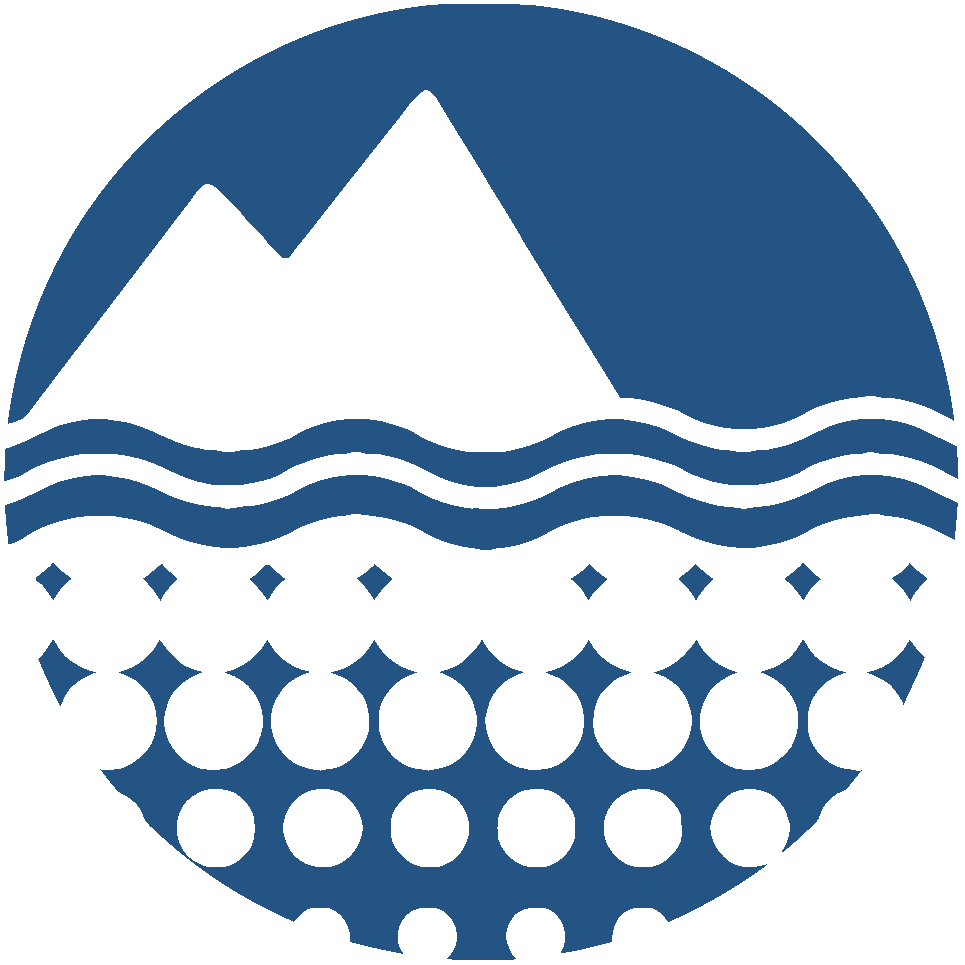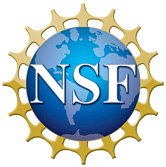{"dp_type": "Dataset", "free_text": "NBP0508"}
[{"awards": null, "bounds_geometry": ["POLYGON((-180 -60,-144 -60,-108 -60,-72 -60,-36 -60,0 -60,36 -60,72 -60,108 -60,144 -60,180 -60,180 -63,180 -66,180 -69,180 -72,180 -75,180 -78,180 -81,180 -84,180 -87,180 -90,144 -90,108 -90,72 -90,36 -90,0 -90,-36 -90,-72 -90,-108 -90,-144 -90,-180 -90,-180 -87,-180 -84,-180 -81,-180 -78,-180 -75,-180 -72,-180 -69,-180 -66,-180 -63,-180 -60))"], "date_created": "Mon, 04 May 2020 00:00:00 GMT", "description": "Raw Satellite Images acquired during several Nathaniel B. Palmer and LM Gould expeditions. These are mostly downloaded during the cruises, often directly using the ships satellite receiver (TerraSat system). The data include visible and infrared images. They are organized by expedition.", "east": 180.0, "geometry": ["POINT(0 -89.999)"], "keywords": "Antarctica; LMG0301; LMG0302; LMG0304; LMG0309; LMG0411; LMG0412; LMG0413A; LMG0414; LMG0502; LMG0511; LMG0512; LMG0514; LMG0605; LMG0610; LMG0611; LMG0611B; LMG0612; LMG0717; LMG0804; LMG0808; LMG0809; LMG0901; LMG0905; LMG0906A; LMG0909; LMG0910; LMG1001; NBP0107; NBP0301; NBP0302; NBP0304A; NBP0305; NBP0305A; NBP0401; NBP0402; NBP0404; NBP0409; NBP0501; NBP0506; NBP0508; NBP0601; NBP0602A; NBP0603; NBP0608; NBP0701; NBP0702; NBP0703; NBP0709; NBP0710; NBP0711; NBP0801; NBP0802; NBP0803; NBP0804; NBP0805; NBP0806; NBP0808; NBP0901; NBP0908; NBP1101; NBP1102; Satellite; Satellite Imagery", "locations": "Antarctica", "north": -60.0, "nsf_funding_programs": null, "persons": null, "project_titles": null, "projects": null, "repositories": null, "science_programs": null, "south": -90.0, "title": "Raw satellite images from NB Palmer and LM Gould Antarctic cruises", "uid": "601313", "west": -180.0}, {"awards": "0838955 Gast, Rebecca", "bounds_geometry": ["POLYGON((71.504166 -76.159164,71.5142214 -76.159164,71.5242768 -76.159164,71.5343322 -76.159164,71.5443876 -76.159164,71.554443 -76.159164,71.5644984 -76.159164,71.5745538 -76.159164,71.5846092 -76.159164,71.5946646 -76.159164,71.60472 -76.159164,71.60472 -76.2018032,71.60472 -76.2444424,71.60472 -76.2870816,71.60472 -76.3297208,71.60472 -76.37236,71.60472 -76.4149992,71.60472 -76.4576384,71.60472 -76.5002776,71.60472 -76.5429168,71.60472 -76.585556,71.5946646 -76.585556,71.5846092 -76.585556,71.5745538 -76.585556,71.5644984 -76.585556,71.554443 -76.585556,71.5443876 -76.585556,71.5343322 -76.585556,71.5242768 -76.585556,71.5142214 -76.585556,71.504166 -76.585556,71.504166 -76.5429168,71.504166 -76.5002776,71.504166 -76.4576384,71.504166 -76.4149992,71.504166 -76.37236,71.504166 -76.3297208,71.504166 -76.2870816,71.504166 -76.2444424,71.504166 -76.2018032,71.504166 -76.159164))"], "date_created": "Tue, 01 Jan 2013 00:00:00 GMT", "description": "This award is funded under the American Recovery and Reinvestment Act of 2009 (Public Law 111-5).\n\nMost organisms meet their carbon and energy needs using photosynthesis (phototrophy) or ingestion/assimilation of organic substances (heterotrophy). However, a nutritional strategy that combines phototrophy and heterotrophy - mixotrophy - is geographically and taxonomically widespread in aquatic systems. While the presence of mixotrophs in the Southern Ocean is known only recently, preliminary evidence indicates a significant role in Southern Ocean food webs. Recent work on Southern Ocean dinoflagellate, Kleptodinium, suggests that it sequesters functional chloroplasts of the bloom-forming haptophyte, Phaeocystis antarctica. This dinoflagellate is abundant in the Ross Sea, has been reported elsewhere in the Southern Ocean, and may have a circumpolar distribution. By combining nutritional modes. mixotrophy may offer competitive advantages over pure autotrophs and heterotrophs.\n\nThe goals of this project are to understand the importance of alternative nutritional strategies for Antarctic species that combine phototrophic and phagotrophic processes in the same organism. The research will combine field investigations of plankton and ice communities in the Southern Ocean with laboratory experiments on Kleptodinium and recently identified mixotrophs from our Antarctic culture collections. The research will address: 1) the relative contributions of phototrophy and phagotrophy in Antarctic mixotrophs; 2) the nature of the relationship between Kleptodinium and its kleptoplastids; 3) the distributions and abundances of mixotrophs and Kleptodinium in the Southern Ocean during austral spring/summer; and 4) the impacts of mixotrophs and Kleptodinium on prey populations, the factors influencing these behaviors and the physiological conditions of these groups in their natural environment. \n\nThe project will contribute to the maintenance of a culture collection of heterotrophic, phototrophic and mixotrophic Antarctic protists that are available to the scientific community, and it will train graduate and undergraduate students at Temple University. Research findings and activities will be summarized for non-scientific audiences through the PIs\u0027 websites and through other public forums, and will involve middle school teachers via collaboration with COSEE-New England.\n", "east": 71.60472, "geometry": ["POINT(71.554443 -76.37236)"], "keywords": "Biota; Microbiology; NBP0305; NBP0405; NBP0508; NBP1101; Oceans; Southern Ocean", "locations": "Southern Ocean", "north": -76.159164, "nsf_funding_programs": null, "persons": "Gast, Rebecca", "project_titles": "Collaborative Research: Alternative Nutritional Strategies in Antarctic Protists", "projects": [{"proj_uid": "p0000490", "repository": "USAP-DC", "title": "Collaborative Research: Alternative Nutritional Strategies in Antarctic Protists"}], "repo": "USAP-DC", "repositories": "USAP-DC", "science_programs": null, "south": -76.585556, "title": "Alternative Nutritional Strategies in Antarctic Protists", "uid": "600103", "west": 71.504166}]
X
X
Help on the Results MapX
This window can be dragged by its header, and can be resized from the bottom right corner.
Clicking the Layers button - the blue square in the top left of the Results Map - will display a list of map layers you can add or remove
from the currently displayed map view.
The Results Map and the Results Table
- The Results Map displays the centroids of the geographic bounds of all the results returned by the search.
- Results that are displayed in the current map view will be highlighted in blue and brought to the top of the Results Table.
- As the map is panned or zoomed, the highlighted rows in the table will update.
- If you click on a centroid on the map, it will turn yellow and display a popup with details for that project/dataset - including a link to the landing page. The bounds for the project(s)/dataset(s) selected will be displayed in red. The selected result(s) will be highlighted in red and brought to the top of the table.
- The default table sorting order is: Selected, Visible, Date (descending), but this can be changed by clicking on column headers in the table.
- Selecting Show on Map for an individual row will both display the geographic bounds for that result on a mini map, and also display the bounds and highlight the centroid on the Results Map.
- Clicking the 'Show boundaries' checkbox at the top of the Results Map will display all the bounds for the filtered results.
Defining a search area on the Results Map
- If you click on the Rectangle or Polygon icons in the top right of the Results Map, you can define a search area which will be added to any other search criteria already selected.
- After you have drawn a polygon, you can edit it using the Edit Geometry dropdown in the search form at the top.
- Clicking Clear in the map will clear any drawn polygon.
- Clicking Search in the map, or Search on the form will have the same effect.
- The returned results will be any projects/datasets with bounds that intersect the polygon.
- Use the Exclude project/datasets checkbox to exclude any projects/datasets that cover the whole Antarctic region.
Viewing map layers on the Results Map
To sort the table of search results, click the header of the column you wish to search by. To sort by multiple columns, hold down the shift key whilst selecting the sort columns in order.
| Dataset Title/Abstract/Map | NSF Award(s) | Date Created | PIs / Scientists | Project Links | Abstract | Bounds Geometry | Geometry | Selected | Visible |
|---|---|---|---|---|---|---|---|---|---|
|
Raw satellite images from NB Palmer and LM Gould Antarctic cruises
|
None | 2020-05-04 | None | No project link provided | Raw Satellite Images acquired during several Nathaniel B. Palmer and LM Gould expeditions. These are mostly downloaded during the cruises, often directly using the ships satellite receiver (TerraSat system). The data include visible and infrared images. They are organized by expedition. | ["POLYGON((-180 -60,-144 -60,-108 -60,-72 -60,-36 -60,0 -60,36 -60,72 -60,108 -60,144 -60,180 -60,180 -63,180 -66,180 -69,180 -72,180 -75,180 -78,180 -81,180 -84,180 -87,180 -90,144 -90,108 -90,72 -90,36 -90,0 -90,-36 -90,-72 -90,-108 -90,-144 -90,-180 -90,-180 -87,-180 -84,-180 -81,-180 -78,-180 -75,-180 -72,-180 -69,-180 -66,-180 -63,-180 -60))"] | ["POINT(0 -89.999)"] | false | false |
|
Alternative Nutritional Strategies in Antarctic Protists
|
0838955 |
2013-01-01 | Gast, Rebecca |
Collaborative Research: Alternative Nutritional Strategies in Antarctic Protists |
This award is funded under the American Recovery and Reinvestment Act of 2009 (Public Law 111-5). Most organisms meet their carbon and energy needs using photosynthesis (phototrophy) or ingestion/assimilation of organic substances (heterotrophy). However, a nutritional strategy that combines phototrophy and heterotrophy - mixotrophy - is geographically and taxonomically widespread in aquatic systems. While the presence of mixotrophs in the Southern Ocean is known only recently, preliminary evidence indicates a significant role in Southern Ocean food webs. Recent work on Southern Ocean dinoflagellate, Kleptodinium, suggests that it sequesters functional chloroplasts of the bloom-forming haptophyte, Phaeocystis antarctica. This dinoflagellate is abundant in the Ross Sea, has been reported elsewhere in the Southern Ocean, and may have a circumpolar distribution. By combining nutritional modes. mixotrophy may offer competitive advantages over pure autotrophs and heterotrophs. The goals of this project are to understand the importance of alternative nutritional strategies for Antarctic species that combine phototrophic and phagotrophic processes in the same organism. The research will combine field investigations of plankton and ice communities in the Southern Ocean with laboratory experiments on Kleptodinium and recently identified mixotrophs from our Antarctic culture collections. The research will address: 1) the relative contributions of phototrophy and phagotrophy in Antarctic mixotrophs; 2) the nature of the relationship between Kleptodinium and its kleptoplastids; 3) the distributions and abundances of mixotrophs and Kleptodinium in the Southern Ocean during austral spring/summer; and 4) the impacts of mixotrophs and Kleptodinium on prey populations, the factors influencing these behaviors and the physiological conditions of these groups in their natural environment. The project will contribute to the maintenance of a culture collection of heterotrophic, phototrophic and mixotrophic Antarctic protists that are available to the scientific community, and it will train graduate and undergraduate students at Temple University. Research findings and activities will be summarized for non-scientific audiences through the PIs' websites and through other public forums, and will involve middle school teachers via collaboration with COSEE-New England. | ["POLYGON((71.504166 -76.159164,71.5142214 -76.159164,71.5242768 -76.159164,71.5343322 -76.159164,71.5443876 -76.159164,71.554443 -76.159164,71.5644984 -76.159164,71.5745538 -76.159164,71.5846092 -76.159164,71.5946646 -76.159164,71.60472 -76.159164,71.60472 -76.2018032,71.60472 -76.2444424,71.60472 -76.2870816,71.60472 -76.3297208,71.60472 -76.37236,71.60472 -76.4149992,71.60472 -76.4576384,71.60472 -76.5002776,71.60472 -76.5429168,71.60472 -76.585556,71.5946646 -76.585556,71.5846092 -76.585556,71.5745538 -76.585556,71.5644984 -76.585556,71.554443 -76.585556,71.5443876 -76.585556,71.5343322 -76.585556,71.5242768 -76.585556,71.5142214 -76.585556,71.504166 -76.585556,71.504166 -76.5429168,71.504166 -76.5002776,71.504166 -76.4576384,71.504166 -76.4149992,71.504166 -76.37236,71.504166 -76.3297208,71.504166 -76.2870816,71.504166 -76.2444424,71.504166 -76.2018032,71.504166 -76.159164))"] | ["POINT(71.554443 -76.37236)"] | false | false |

